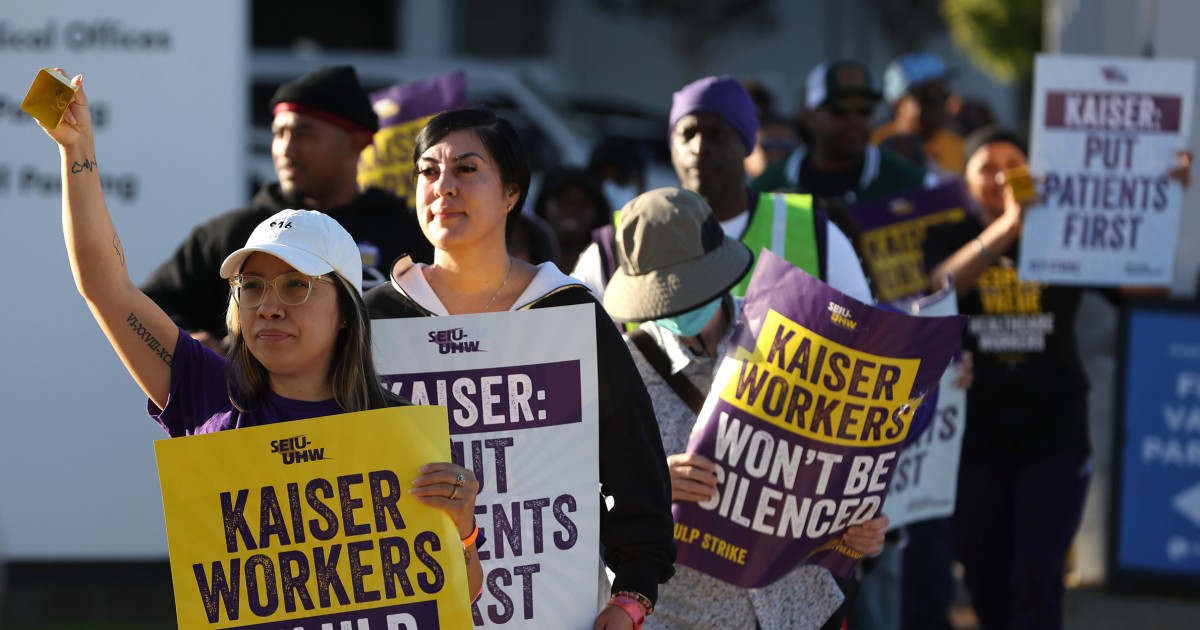
Kaiser Permanente and labor unions reached a tentative deal Friday morning, a little more than a week after workers at the nation’s largest health care nonprofit organization went on strike.
The three-day walkout was the largest work stoppage of health care workers in U.S. history, according to the Coalition of Kaiser Permanente Unions.
“The frontline healthcare workers of the Coalition of Kaiser Permanente Unions are excited to have reached a tentative agreement with Kaiser Permanente as of this morning. We are thankful for the instrumental support of Acting US Labor Secretary Julie Su,” the coalition said in a Facebook statement.
Kaiser Permanente, which serves nearly 13 million people nationwide, shared a similar statement on Facebook.
The two sides agreed to a four-year deal that will give coalition members new minimum wages over three years that will reach $25 an hour in California and $23 an hour in other states, Kaiser said.
Under the new tentative agreement, union workers are “guaranteed across-the-board wage increases totaling 21% over four years,” the enhancement of “employees’ Performance Sharing Plan with minimum payout opportunities and a substantial maximum payout opportunity,” and more investments in job training and development.
More than 75,000 union members had walked out after the company and labor negotiators failed to come to an agreement on staffing levels. The union wanted better pay and benefits for its members as well as a long-term solution to the staffing shortage.
Kaiser said the new agreement will help address the staffing issue.
Workers including pharmacists, vocational nurses, housekeepers, medical assistants, emergency department technicians, radiology technicians, and respiratory therapists left hospitals and medical facilities at 6 a.m. local time on Oct. 4. The strike also included employees who served in Washington state, Oregon, California and Colorado, Virginia, and Washington, D.C.
Sarah Levesque, the secretary-treasurer for OPEIU Local 2, previously told NBC News’ Tom Costello, that workers could not adequately do their jobs because of staffing issues.
“These people got into health care because they wanted to take care of patients, and they’re just stretched too thin,” she said. “It’s taking up to three months to get appointments with some of the doctors.”
Many others expressed similar sentiments.
Lorena Jackson, who works in scheduling in primary care in Aurora, Colorado, said that some patients had waited more than a month to be seen by a physician. David Hawa, an ambulatory care pharmacist in Springfield, Virginia, said he’s experienced “frustrated customers on the phone or in line.”

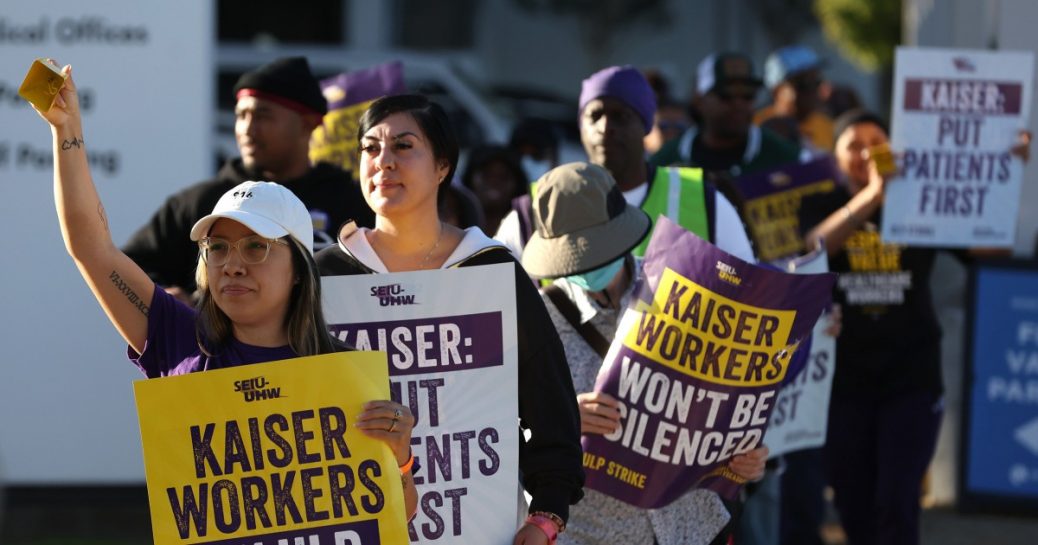



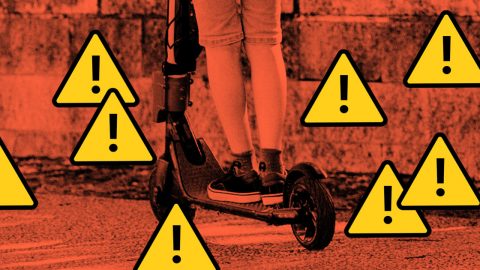

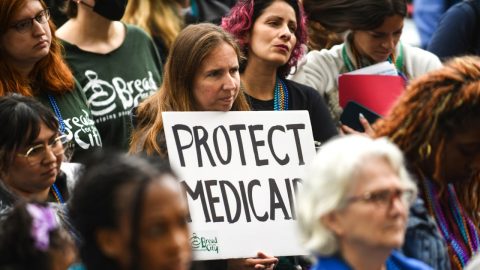
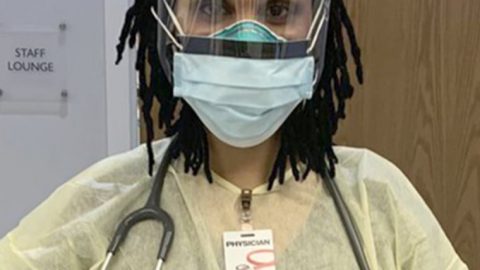

Recent Comments